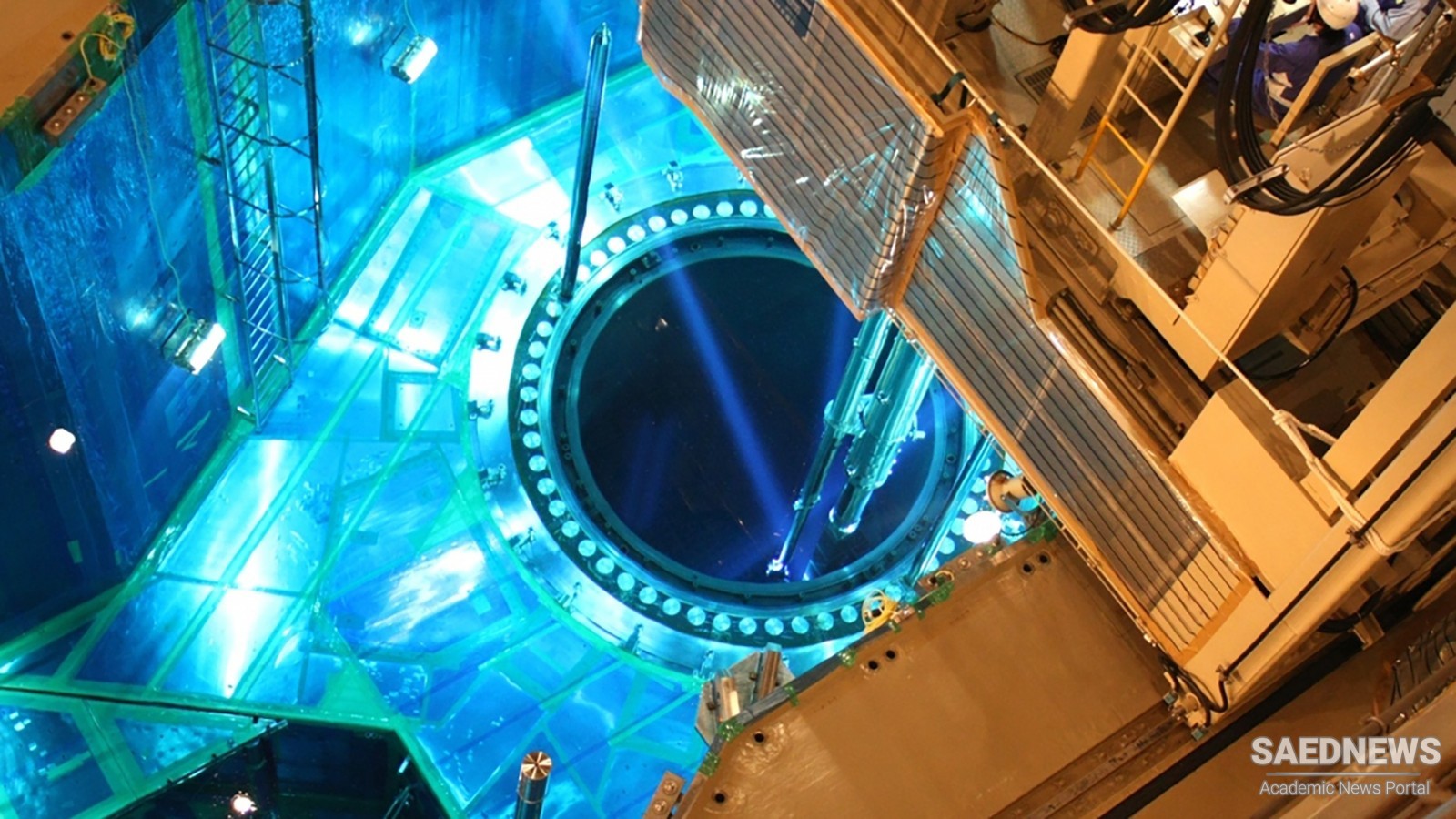Throughout history, only a few events have dramatically altered the course of human civilization. Two such world-changing events involve the field of nuclear technology. Amazingly, these events happened less than three years apart. On December 2, 1942, the Italian-American physicist Enrico Fermi (1901–1954) led a small team of scientists at the University of Chicago in operating the world’s first nuclear reactor. Though primitive by modern technology standards, Fermi’s CP-1 inaugurated the modern age of nuclear power. This pioneering experiment started a new technical era—one filled with the great hope that human beings might wisely harvest the energy within the atomic nucleus in a controlled manner. In addition to power generation, the reactor’s core contained a large quantity of neutrons that could create many interesting new isotopes for applications in medicine, industry, basic research, environmental science, and space exploration. The first human-initiated, self-sustaining nuclear chain reaction took place in wartime secrecy in very unassuming surroundings—the unused squash court beneath the west stands of Stagg Field, the athletic stadium of the University of Chicago. Contemporary nuclear science historians suggest that this very special event is similar to the critical moment in ancient Greek mythology when the Titan Prometheus stole fire from Mount Olympus (home of Zeus and the other gods) and bestowed it as a gift to humankind. Prometheus just wanted to help people, but Father Zeus was not too happy with his generous deed and severely punished the lesser god. Yet control of fire ultimately enabled the human race to evolve from a nomadic, survival-level, hunter-gatherer existence into the technically complex global civilization we enjoy today. Extending this analogy, we might consider nuclear physicists like Fermi as the new Prometheans—people who have given the human race the gift of a new type of fire from within the atomic nucleus.


 Nuclear Technology: Racing for Energy or Hegemony?
Nuclear Technology: Racing for Energy or Hegemony?














































